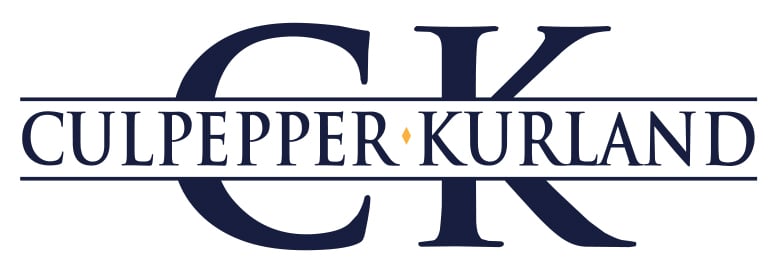Ask anyone for tips on how to handle the aftermath of a car accident and one thing you’ll often hear is, “Take photos at the scene.”
Why does that matter? You can, after all, get photos of the damage to your vehicle at any point later. Plus, once the police get to the scene, they’re likely to cite the responsible driver. That seems like enough, surely, to submit with your claim to the insurance company involved, right?
Well, maybe. Things aren’t always that simple, especially when someone’s injuries are severe. Here’s why photos taken at the accident site can be useful:
- The insurance company isn’t obligated to agree with the police report. Those can be inaccurate or fail to reflect the whole story.
- You may not really remember exactly what happened. Wrecks happen very quickly. When you’re injured, you may not be in the best position to even know how the accident unfolded.
- Photos can help identify other liable parties. Sometimes there’s a perfect storm of events that lead up to an accident. Maybe the other driver was driving faster than the posted speed limit, but the missing stop sign at the corner contributed to the wreck — and you may not realize it’s missing until you see the photos.
- Photos can help confirm your injuries. A photo of the damage inside your vehicle, for example, can help silence an insurance adjuster who questions whether you were really hurt the way you claim.
- Photos may be critical in crash reconstruction. If the insurance company fights your claim, you may need expert assistance. Crash reconstruction can make use of photos that show the road, skid marks, debris from the vehicles and more to help determine what actually happened.
Florida is also a comparative negligence state, which means that any compensation you are due following a wreck is reduced by the percentage of fault you may have for your own injuries. Photos can help you assert your rights and protect your interests following a car crash.


